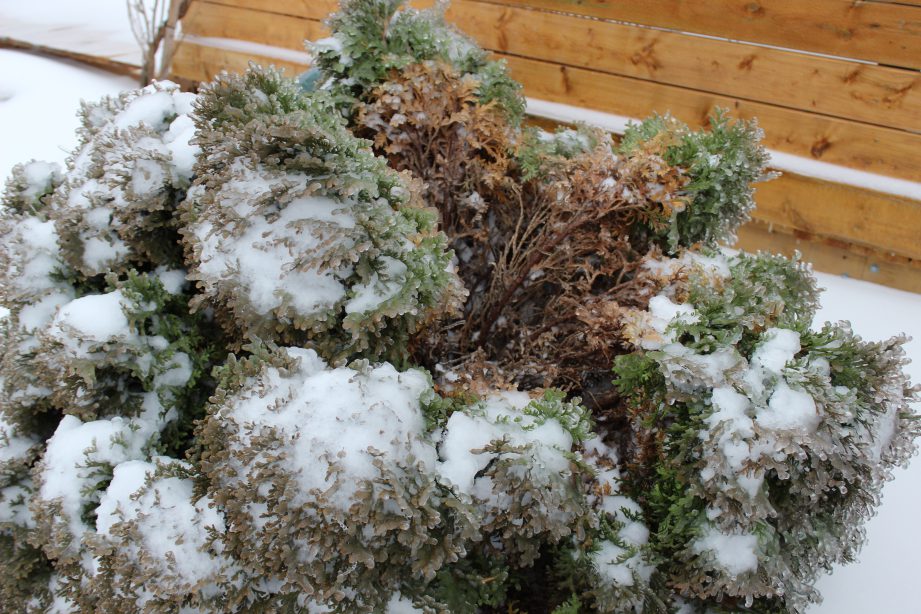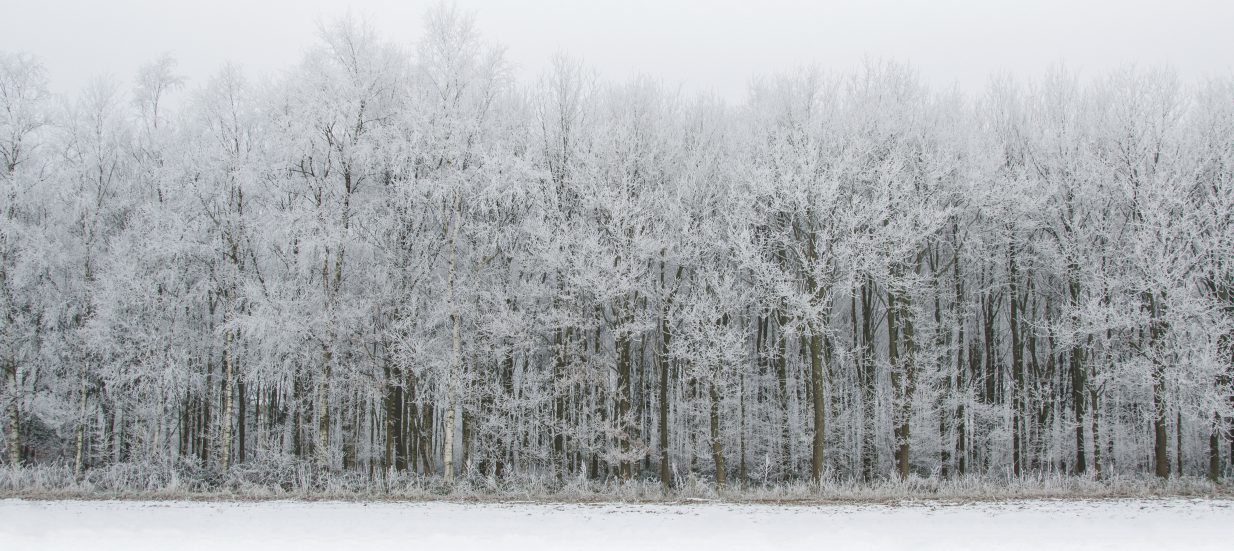Winter is hard on trees. Heavy snow, violent ice storms and high winds
can all damage trees, as can mild weather followed by extreme cold. It feels
like we’ve had all of this already and it’s only January.
What Should You Look For?
 At this time of year, you should be checking your tree for frost cracks. These vertical cracks are splits in the trunk of the tree cause by rapid drops in temperature freezing.
At this time of year, you should be checking your tree for frost cracks. These vertical cracks are splits in the trunk of the tree cause by rapid drops in temperature freezing.
Most commonly found on trees where the trunk is exposed to the warming sunlight, a rapid temperature drop causes the outer bark to constrict faster than the inner wood, which causes a split. (It’s kind of like me trying to put on a pair of jeans as fast as possible right after the holidays).
Unfortunately, most frost cracks cause permanent damage and often result in the tree having to be removed. There is not much I can tell you right now that will help save damaged trees other than to call in an expert. The only good news is that your trees are currently dormant, meaning their sap/energy/life-force is hopefully all protected down in the roots.
Any splits or large broken branches that happen in the winter won’t impact the tree until springtime. The type of damage that occurs and the kind of tree that you have will dictate when you need to prune them to restore them to good health.
To Prune or Not To Prune?
 Traditionally people like to prune trees in the spring or fall. When it comes to damaged branches, you should immediately remove any that have the potential to fall and hurt someone. This includes removing larger trees that may have split at the base or have become structurally compromised. Even though they may seem like they are good for now, you want to make sure to keep your family and home safe.
Traditionally people like to prune trees in the spring or fall. When it comes to damaged branches, you should immediately remove any that have the potential to fall and hurt someone. This includes removing larger trees that may have split at the base or have become structurally compromised. Even though they may seem like they are good for now, you want to make sure to keep your family and home safe.
With a wind blown or broken branch you should consider leaving them in place on the tree or shrub as long as a hazard doesn’t exist. Although unsightly, it is best to leave these branches in place until the new spring growth begins so that you know exactly where to prune the dead wood back. This pruning may also stimulate new growth in the plant for the upcoming season.
Take A Step Back
Remember, trees have the ability to heal themselves. Much like when we get a cut or a scratch, a scab forms. This natural solution is the best way for a tree to protect itself from any damage as the tree has the ability to seal off any wounds, preventing bacteria or fungi from entering.
To better help the tree, remove any jagged pieces of wood from around the wound. By creating cleaner edges, a tree is better able to form a natural callus. When in doubt, let Mother Nature do the work for you!
Be sure to check out our events calendar, follow us on Facebook, Instagram and Twitter and sign up for our newsletter for more of what happens here in the BoQ.








